Why Are Straw Hats So Popular? Let us count the ways! Firstly, straw hats are a stylish and versatile accessory that can be worn with a variety of outfits. Secondly, they are lightweight and breathable, making them ideally suited for hot, humid, and even sticky summer weather.
Straw hats are typically better at providing protection from heat than regular caps. This is because the straw material is lightweight and breathable, allowing for better air circulation and ventilation around the head. This can help to keep the head cool and prevent overheating in hot weather conditions.
For today’s article, we will try to educate readers about everything related to straw hats, let’s dive in!!
Some historians have traced the origins of the straw hat to ancient times when the Greeks and Romans wore caps made of both straw and cloth fabrics to protect their heads from the sun. Later examples of straw hats also began to appear in famed works of art throughout the 15th and 16th centuries.
The first straw hats were made in the 16th century in Europe. They were simple, round hats made of straw and were used to protect people from the sun. Over time, the straw hat evolved to become more stylish. In the 19th century, the straw hat became a popular accessory for both men and women.
For key historical figures, Luffy's Straw Hat is easily the most iconic item in the world of One Piece. The Straw Hat has been owned by three different generations of legendary pirates who each wore it throughout their epic journeys to achieving greatness. It has a long history that even Luffy isn't aware of. It's been passed down from the King of the Pirates to an Emperor of the Sea and finally, to the most notorious member of the Worst Generation.
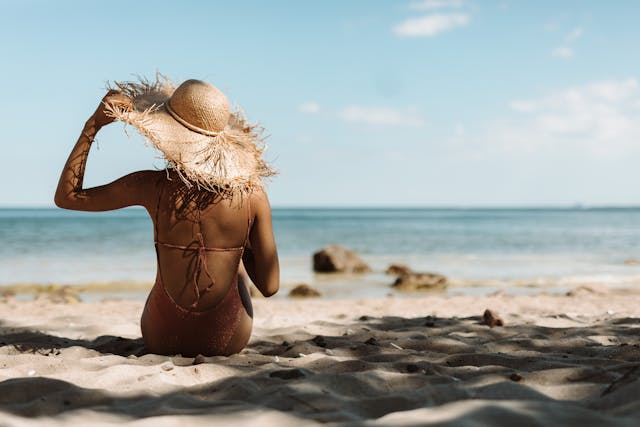
A Panama hat, also known as an Ecuadorian hat, a jipijapa hat, or a toquilla straw hat, is a traditional brimmed straw hat of Ecuadorian origin. Traditionally, hats were made from the plaited leaves of the Carludovica palmata plant, known locally as the toquilla palm or jipijapa palm, although it is a palm-like plant rather than a true palm.
Ecuadorian hats are light-colored, lightweight, and breathable, and often worn as accessories to summer-weight suits, such as those made of linen or silk. The tightness, the finesse of the weave, and the time spent in weaving a complete hat out of the toquilla straw characterize its quality. Beginning around the turn of the 20th century, these hats became popular as tropical and seaside accessories owing to their ease of wear and breathability.
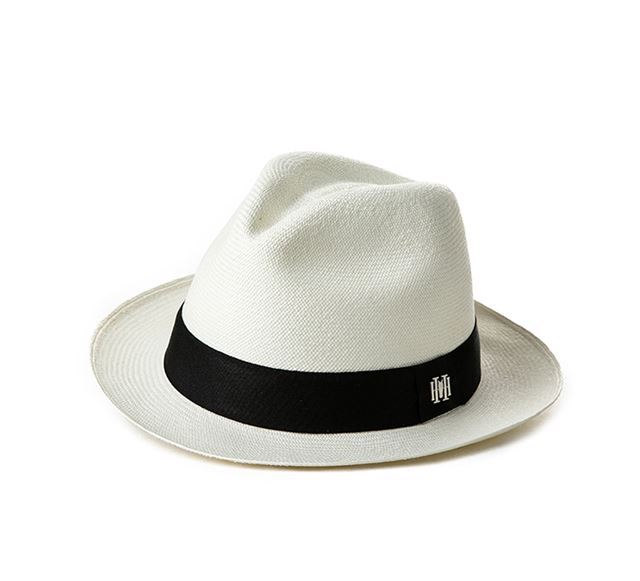
Almost all Panama hats are shaped by machine. A tiny percentage are shaped, or blocked, by hand. Shaping a hat by hand takes longer and costs more than shaping it by machine. Hand-blocked hats cost more than machine-shaped hats.
Boaters were derived from another straw hat worn traditionally by gondoliers in the city of Venice. The Venetian canotier has a ribbon that hangs freely off the back, and they are frequently edged with a matching color ribbon. Because of this, boaters were identified with boating or sailing, hence the name.
During the peak of their popularity, especially around the 1920s, boater hats could be seen worn by everyone. Today their popularity has dwindled and they are most often seen on Barbershop Quartets or rowing teams.
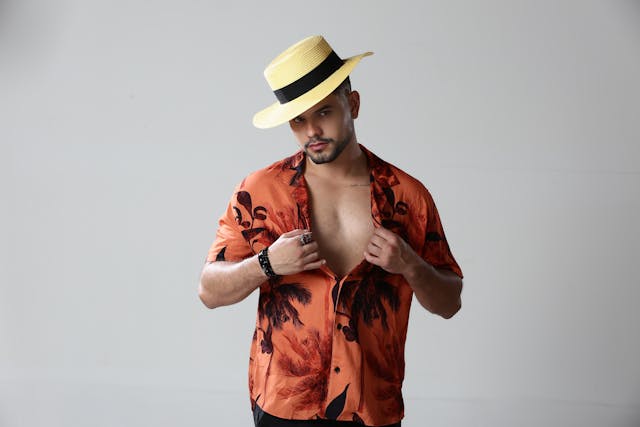
A fedora (/fəˈdɔːrə/) is a hat with a soft brim and indented crown. It is typically creased lengthwise down the crown and "pinched" near the front on both sides. Fedoras can also be creased with teardrop crowns, diamond crowns, center dents, and others, and the positioning of pinches can vary.
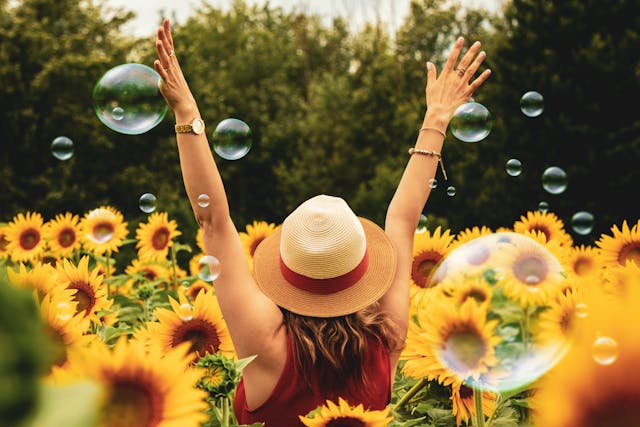
A sun hat (also known as the floppy hat, harvest hat, or field hat[1]) is any hat or headgear specifically designed to shade the face, neck, and shoulders from direct sunlight, usually with a circumferentially-protruding semi-rigid brim that can range from small to large, but as a general guideline around 4 to 7 in (10 to 18 cm) in width.
About cowboy hats. There are many cowboy hats, but the most popular style is the western stetson hat. Named after its creator, John B. Stetson, the Stetson is characterized by its wide brim and high crown. Usually, it is made of felt or straw, and its stiff brim helps to protect the wearer from the sun and rain.
About Asian conical hats. Asian conical hats are, throughout Asia, primarily used as a form of protection from the sun and rain. When made of straw or other woven materials, it can be dipped in water and worn as an impromptu evaporative cooling device.
Materials used in straw hat production:
Raffia palm has long leaves, up to 80 feet, of which the veins are used to make hats bags, shoes, ties, and textiles. Hats are crocheted, woven or it is braided and sewn into a hat. Often one long strand is used for a hat. The hats are lightweight, airy, durable, and often foldable.
Seagrasses grow in coastal, saline environments. A variety of species are used in their natural yellowish, brownish hues. They are loosely woven into hats.
Wheat straw, double wheat or single wheat, is thick and coarse. The hats made of wheat straw are stiff. Laichow is a wheat straw plaited into a braid.
Step-by-step process of crafting a straw hat:
Stitching straw plait:
The plait (handmade) is checked, damped, and wound onto a plait winder.
A button (top center crown) is created either by hand or machine (according to the design).
Sewing – the process involves matching the hat to the design hat block checking both size and shape.
Creating the shape – some hats are created free-form, the intended shape develops without a block.
Finishing – the remaining processes of blocking, stiffening, and finishing are the same as those used for hat making and millinery.
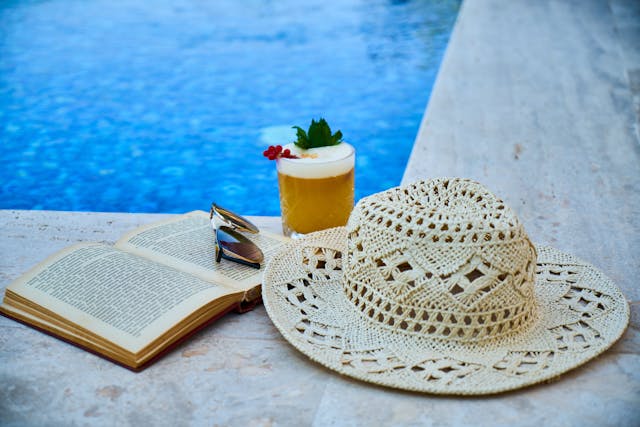
Stitching braid:
Sewing – the processes are the same as for stitching straw plait, but according to the type the braid may not require damping. When using a zigzag-stitch machine, the plait or braid is stitched together edge to edge.
Shaping – the braid can be stitched free-form without reference to a hat block or matched to the block.
Finishing – the processes are the same as for other forms of hat making.
Hand stitching:
Sewing – the initial processes of preparing a button and damping if required are the same as when machining stitching plaits or braids. The plait or braid is either sewn together by overlapping or edge to edge to form a hat shape. Plait or braid may be stitched into filigree patterns.
Shaping – while most hats are made by matching the shape against a block, the shape can also be formed by working free-hand and letting the shape develop organically.
Finishing – the processes are the same as for other forms of hat making.
Artisanal vs. mass-produced hats: Understanding the differences.
Mass-produced hats are created using factories and automated machinery. While this process can produce hats quickly and at a low cost, it also comes at the expense of quality and individuality. Handmade hats, on the other hand, are crafted by skilled artisans who have honed their skills over years of practice. Each stitch and detail is carefully considered, resulting in a one-of-a-kind piece that stands out from the crowd.
How can you tell a good straw hat? Well, the grade of a straw hat refers to the tightness of the weave of the straw. Higher-grade straw weaves are more tightly woven and take longer to make, while lower-grade straws are made faster and less tightly woven. Also, you need to consider face shape, occasion, and climate when trying to make a choice. The 7 basic face shapes are oval, round, square, diamond, heart, pear, and oblong. Outdoor, beach, and tea parties, are all common occasions for straw hats.
The best way to get the size of the hat you will wear is to measure the circumference of your head. Measure the circumference of your head approximately 2.5cm (1′) below the hairline to the back of the head. Once done that, please refer to the sizing info on the product page.
When choosing, it’s also important to consider personal aesthetics. A personal aesthetic is a visual representation of you so ask yourself what it is you want to show to the rest of the world. Here are some questions you can begin to ask yourself: How would you describe your personal brand? What do you believe in/stand for? These are all significant questions for you to think about.
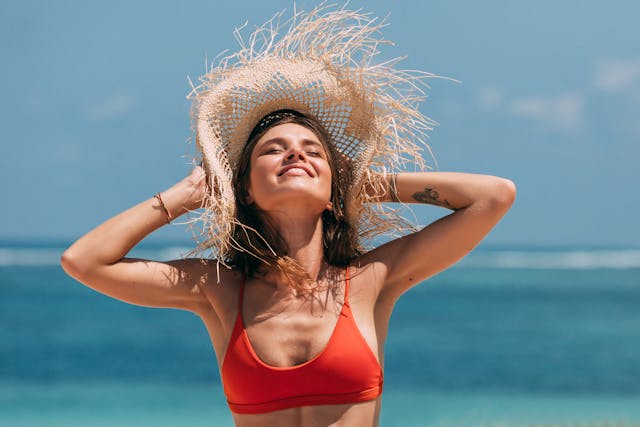
Cleaning methods for different types of straw hats.
Storage tips to maintain shape and longevity.
Repair advice for common issues like fraying or water damage.
If your hat doesn't have care instructions, pay attention to the tightness of the weave. You can clean most straw hats with a small amount of water and a mild cleaning solution, but some will become misshapen when wet. In these instances, skip the steps that require water, and use a vacuum and soft brush instead.
To prevent the straw from drying out, it is recommended that the hat be placed in a plastic bag, which should be blown into to optimize humidity and create a protected environment.
Extreme heat will crack and dry out the fibers, and the hat will end up looking frayed. Store your hat in a place where it's cool and won't get dirty. Putting it on the top shelf of a dark, dry closet or hanging it on a hook are both good ideas.
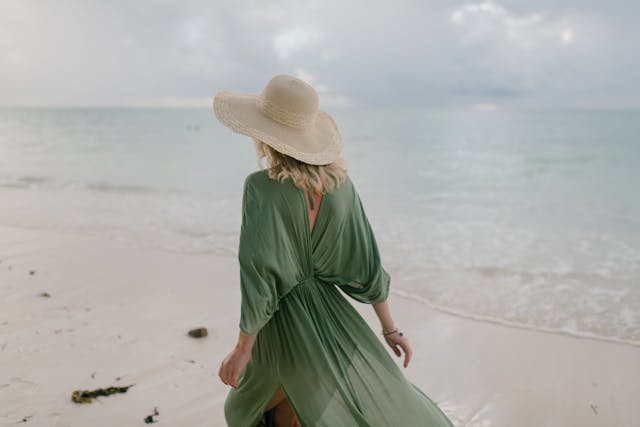
As fashion trends evolved, so did straw hats. They became more diverse in style and purpose, adapting to the needs and preferences of different eras. From the refined and structured top hats of the Victorian era to the wide-brimmed, floppy sun hats of the 1970s, straw hats have remained a timeless fashion statement.
The El Paso and Harper Panama hats evoke the spirit of the American West with their wide brims and woven straw construction, reminiscent of the hats worn by cowboys and adventurers. While, for a touch of vintage charm, the Wesley fedora offers a sophisticated look with its structured crown and contrasting band, perfect as men’s dress straw hats for both formal and casual occasions.
And the best part is that this straw hat looks great in more formal situations, too. Pair it with a breezy sundress for spring and summer, or with dark pants and a sweater for cool weather events.
Its golden shade takes us straight to summer. The straw hat mixes style and functionality perfectly. This summer, we're choosing a hybrid model, both casual and chic, reimagined with PVC for Maison Michel, with a nautical theme for JW Anderson, or with the Prada logo, you can visit Vogue for further reference.
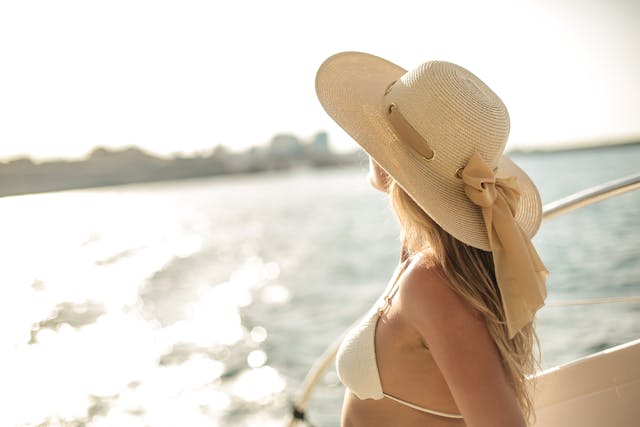
Straw hats have been worn in Africa and Asia since after the Middle Ages during the summer months, and have changed little between the medieval times and today. They are worn, mostly by men, by all classes.
Many women also wore straw hats as a way to protect their skin from the sun. In the 19th century, the straw hat became popular in America. It was worn by both men and women and was often partnered with a suit or a dress. The Panama hat, which is made from the leaves of the Toquilla palm, became popular in the 1800s.
Straw hats, or kasa, were worn primarily to protect the head from sunlight or rain while traveling. That being said, it has nothing to do with being either a ronin or samurai. Anyone in feudal Japan would have worn a kasa at any given time.
For the price of straw hats, finer and more expensive straw hats have a tighter and more consistent weave. Since it takes much more time to weave a larger hat than a smaller one, larger hats are more expensive.
About straw hat quality identification. Have a look inside, the weave should be uniformly done with few or no gaps between the interlaced straws. Fewer holes mean better quality. (Learn here about the types of weaves, which one is better and durable?)
Recap of the importance of knowing about straw hats for potential buyers.
Encouragement to embrace straw hats as a functional and stylish accessory.
Straw hat matters in the modern world!! The straw was braided into intricate patterns, resulting in exquisite designs worn by both men and women to symbolize elegance and social status.
Unlike other types of hats, straw hats are lightweight and breathable. This feature makes them perfect for hot summer days when you don't want to wear anything too heavy or stifling. A straw hat allows air to circulate around your head, keeping you cool and comfortable.
That’s all for today, if you have any questions, just comment below and let us know!!